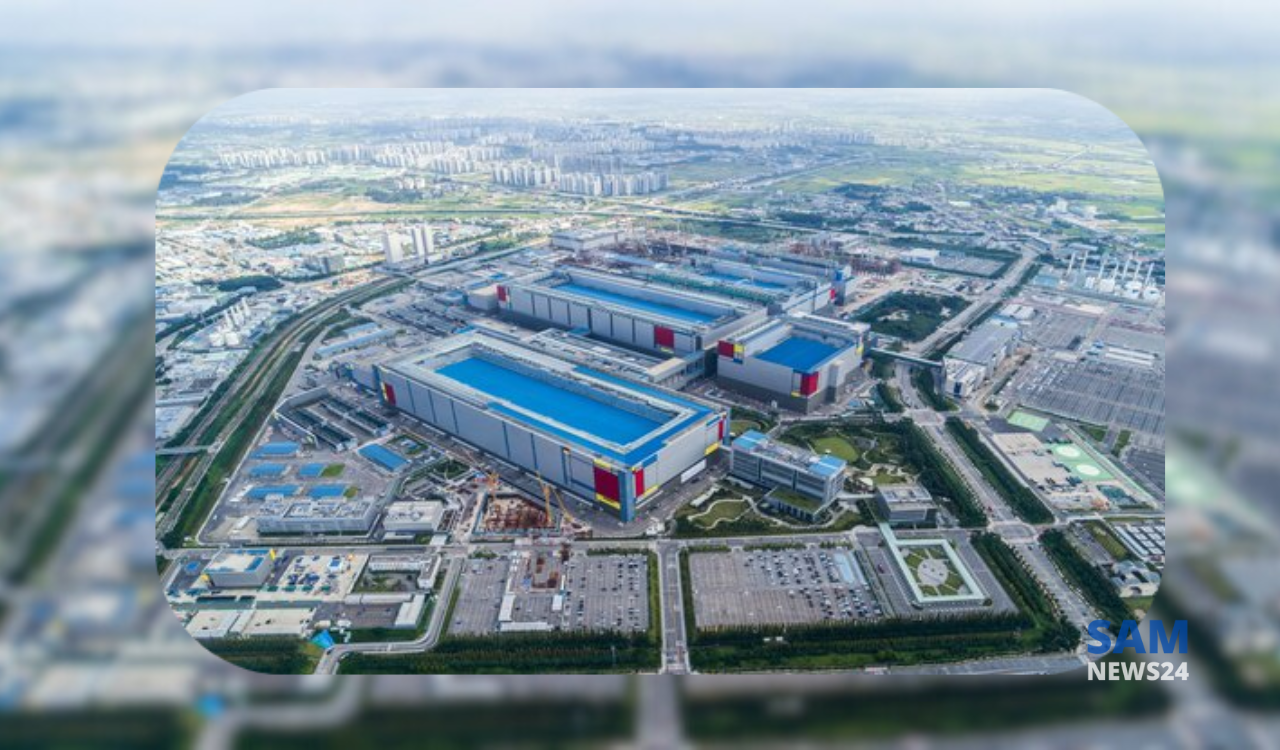Samsung plans to share the details of production cuts soon. According to the information, the company is expected to cut production, focusing on general-purpose products such as DDR4. It is the first official production cut in 25 years since the 1998 financial crisis.
As reported by JoongAng, an official from the semiconductor industry said, “I understand that Samsung is planning to cut production centered on the DRAM production line at the Hwaseong campus rather than at the Pyeongtaek line.” We will proceed,” he said. The official added, “Although the production capacity has increased (through technical production cuts), the total wafer input has already decreased by 5-7% compared to the same period last year in February and March.”
Currently, Samsung operates DRAM production lines at its Hwaseong and Pyeongtaek campuses. DDR4 is mainly produced in Hwaseong, and advanced products such as DDR5 and LPDDR5 are produced in Pyeongtaek. Kim Dong-won, head of the research center at KB Securities, predicted, “We will focus on resolving memory oversupply by reducing DDR4-centered production and at the same time shifting production to DDR5 and LPDDR5 and increasing the proportion of advanced processes.”

This means that it will pursue a strategy to shift its production portfolio to DDR5/LPDDR5 products, which are expected to increase sales while reducing DDR4 products that are relatively low in price and have sufficient stock. According to market researcher DRAMeXchange, the average fixed transaction price of DRAM general-purpose products (DDR4 1Gb×8) for PCs fell from $3.35 (last year June) → $2.85 (August) → $2.21 (October). , has been maintaining the $1.81 level this year.
According to Trendforce, the market shares of Samsung Electronics, SK Hynix, and Micron were 40.7%, 28.8%, and 26.4%, respectively, in the third quarter of last year, but were tallied at 45.1%, 27.7%, and 23% in the fourth quarter. Samsung’s market share increased by 4.4 percentage points. In the first quarter of this year, the gap between companies is expected to widen slightly. In addition, Micron announced its performance in the second quarter of last month (December 2022-February 2023), lowering the amount of facility investment (CAPEX) for fiscal year 2023 by $500 million, up to $7 billion (approximately KRW 9.12 trillion). , suggesting further production cuts.


























